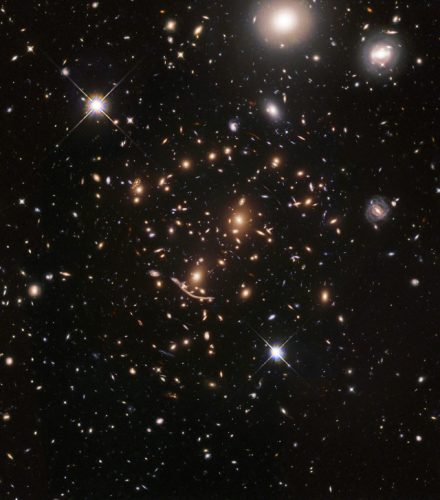
A possible pulsar formed after a long-duration supernova
An article published in the “Astrophysical Journal Letters” describes a study on the supernova Sn 2012au. Sometimes supernovae remain bright for a long time if the remnants of the explosion collide with hydrogen layers, but Dan Milisavljevic of Purdue University wondered if this could happen without any interaction of that kind. His team studied Sn 2012au concluding that after the supernova a neutron star of the pulsar type was formed with a rotation and a magnetic field sufficient to create a cloud of gas around it, called in jargon a pulsar wind nebula.





